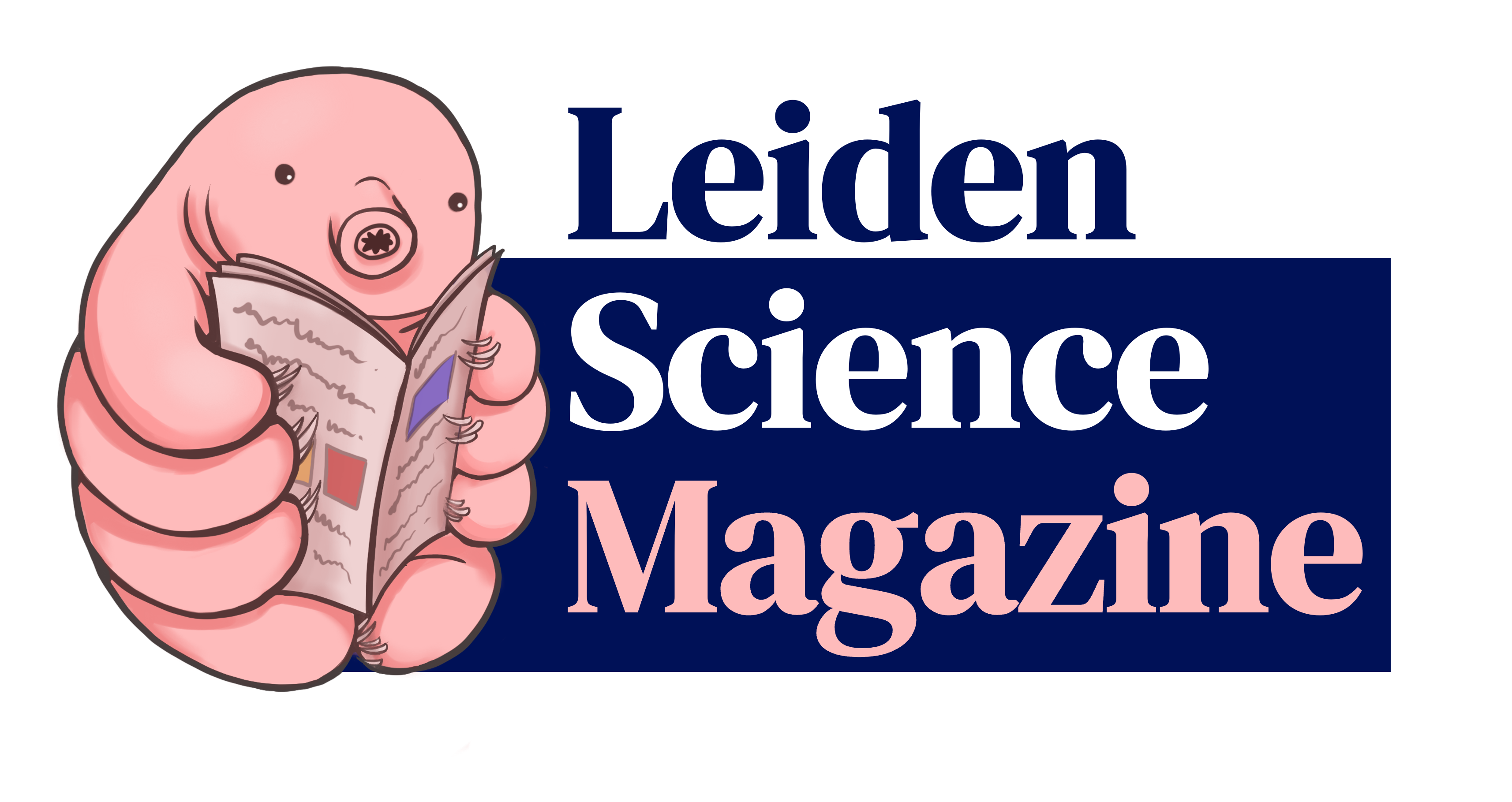Supermodels: the Importance of Animal Models in Biomedical Research
Most of us would agree that experimenting on humans is unethical. But, for biologists interested in human diseases, like myself, this presents a challenge when designing research experiments. The solution? We use a model, such as an animal.
These models are not the type that strut catwalks, but instead pose (pun intended) as a substitute for whatever we are trying to study. Often, this means using another organism, such as cells or an animal.
All creatures great and small
Animals such as mice are commonly used for biomedical research because, like humans, they are also mammals. Mice share much of the same anatomy and physiology as us. It is better to use a model that resembles the actual organism of interest (in this case humans) more closely, as it is more likely that the results of the experiment will still apply. This is why animal models are often the next best thing to humans for biomedical research, which aims to understand human diseases and how to treat them,
Although it may be hard to see the similarities with people, other commonly used animal models include fruit flies, chickens and zebrafish. This is because, sometimes, a more distantly related animal can resemble a human feature better than a closer mammalian relative and, in this case, would be a more suitable choice of model. For example, infection with the tuberculosis-causing bacterium (Mycobacterium tuberculosis) forms immune structures called granulomas in humans and fish, but not in mice. This aspect of the immune system, or at least how the M. tuberculosis interacts with it, is therefore better studied in fish.
As well as translatability, there are also practical considerations when deciding which animal is best to use. Many repeats of an experiment or drug trial are required to obtain a statistically powerful result. Animals such as fish or nematode worms (Caenorhabditis elegans) are smaller and reproduce more rapidly and with more offspring than mice. So, it is more practical and relatively cheap to keep the many individuals needed to produce credible scientific results.
Each individual species has its own unique advantages. For example, unlike humans or mice, zebrafish are transparent. This means that they can be used to study processes such as blood vessel development in real time. Even more impressively, zebrafish can regenerate. Zebrafish can fully recover from a brain haemorrhage or heart attack by rebuilding the blood vessels or damaged tissues. This means that they can be used to study these common medical emergencies.

From animals to humans
Who would feel safe taking a pill that had only been tested on cells in a dish? Using animals during the experimentation phase is vital for allowing researchers to develop safe treatments for humans. It is fair to say that almost everyone would prefer to initially use an animal rather than a fellow human to test an incurable disease or trial an experimental drug on. However, we also want to harm as few animals as possible and ideally will not harm anything that is too cute and cuddly.
The solution, and current strategy for much biomedical research, is to sparingly use animals in a combinatorial approach alongside other model systems. Before reaching the animal testing (in vivo) stages, much initial research and pre-clinical study use cells (in vitro) or computer models (in silico), to check the feasibility of ideas, hence minimising the needless use of animals. Of course, any findings from pre-clinical research in a model must be tested in human trials too, to check that the findings are the same. This is through the carefully designed and highly regulated stages of clinical trials.
Is it really necessary to use research animals?
All of this is not to say that we should use animals to test everything. For example, many cosmetics brands boast that they do not use animal testing; of course, most cosmetics even in trial stages would be pretty harmless and could go straight to human testing. They say that beauty is pain, but in my and most people’s opinion, this should not extend to needlessly inflicting pain in animals. Save the animals for more essential and potentially life-saving research! Reflective of this, there has been an EU-wide ban since 2013 on animal testing for cosmetic purposes.
Legislation surrounding using animals in research is very strict, and requires justification and licensing. In the EU, all vertebrates – including fish, mammals such as mice, amphibians, reptiles and birds - are protected by law. For any research involving animals, there must be “convincing scientific justification”, and the expected benefits of the research must outweigh any suffering caused to the animals involved [1]. All of these rules and procedures, for example using anaesthetic, are designed to minimise suffering.
Still, over 9 million animals were used in research across the EU in 2022 [2]. To try and decrease this number, science follows the principle of The 3Rs, which aims to reduce, replace and refine the use of animal models. This means that research must be able to justify their use of animals, and minimise the number used. Where they exist, suitable alternatives - such as computer models or organoids (3-dimensional, organ-like structures grown from cells in a lab) - should be used.
Overall, the decision to use animals is a balance between many factors – translatability, practicality, ethics and legalities. This ultimately determines whether an animal model, and which species, should be chosen for a particular experiment.
Animal models are important in research to improve our understanding of the human body and disease. They are used to ensure the safety, not of your next beauty product, but of vital drugs and treatments. Animals in research are a useful and currently necessary tool, although no model – in fashion or biomedical science – is perfect.
Sources
[1] EU regulations on animal research | EARA. (z.d.). EARA. https://www.eara.eu/animal-res...
[2] EU-wide animal research statistics, 2022. (z.d.). Understanding Animal Research. https://www.understandinganima....



0 Comments
Add a comment